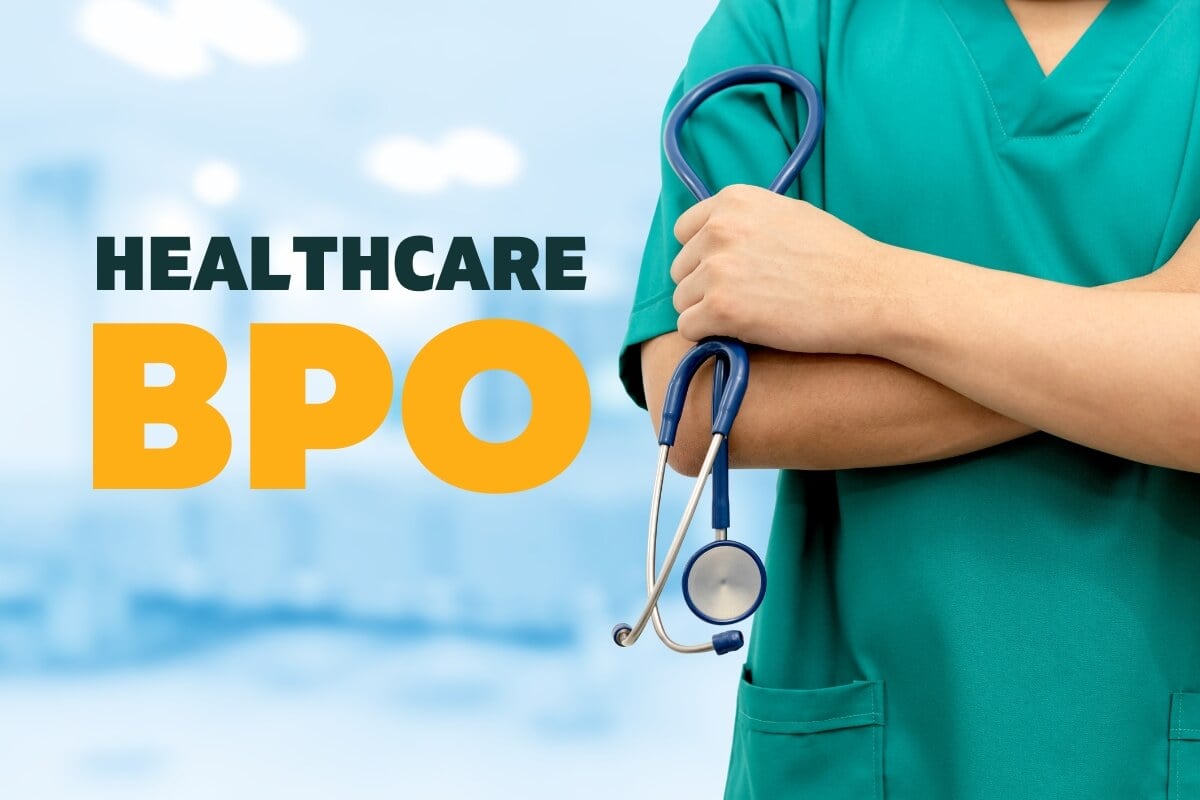Why Healthcare RCM is Important for Financial Wellness in Medical Practices
Why Healthcare RCM is Important for Financial Wellness in Medical Practices
Blog Article
A Comprehensive Guide on Just How Medical Care RCM Functions to Simplify Invoicing and Collections
Browsing the intricacies of health care earnings cycle administration (RCM) is critical for providers intending to enhance their payment and collections processes. The overview unboxes the details of RCM, from client registration to accounts receivable monitoring, using insights into maximizing each action.
Understanding Revenue Cycle Management
Comprehending the ins and outs of Profits Cycle Monitoring (RCM) is important for medical care organizations intending to optimize their monetary performance. RCM is a crucial management function that encompasses the entire financial process of client treatment, from the initial consultation establishing to the final payment of the equilibrium. It is a complex treatment designed to determine, gather, and take care of the revenue from the services supplied to clients. Reliable RCM guarantees that medical care carriers receive exact and prompt payments, reducing the risk of profits loss and boosting money circulation.
The RCM process begins when a client timetables a consultation and prolongs with the patient's care trip, including invoicing and collections. A crucial goal is to minimize the time in between giving a service and receiving settlement, therefore enhancing the company's monetary wellness. RCM involves various functions such as person enrollment, insurance coverage verification, charge capture, coding, claims entry, repayment posting, and managing charms and rejections.
Trick Components of RCM
In the world of Income Cycle Monitoring (RCM), comprehending its vital elements is fundamental to attaining monetary efficiency within health care companies. RCM is an extensive process that includes various phases, each important to guaranteeing efficient billing and collections. The main elements consist of patient enrollment, insurance policy confirmation, cost capture, coding, case submission, repayment uploading, and accounts receivable management.


Once coded, claims are submitted to payers, where accuracy is vital to prevent hold-ups or denials - Healthcare RCM. Payment posting includes recording the gotten repayments, which permits the reconciliation of accounts. Last but not least, balance dues administration focuses on tracking and resolving unpaid insurance claims, making certain timely follow-up and resolution
Each element of RCM is adjoined, and inadequacies in any kind of component can interrupt the entire cycle. For that reason, mastering these aspects is necessary for doctor to optimize revenue and enhance their economic health.
Techniques for Reliable Billing

Systematizing invoicing procedures across the organization is one more key method. Developing clear standards for paperwork, coding, and entry helps preserve uniformity and compliance with governing requirements. Training staff routinely on these treatments guarantees everybody is updated with the current adjustments in billing codes and payer plans.
Accurate fee capture is necessary in stopping earnings leakage. Carrying out routine audits and tracking systems permits for the recognition and adjustment of inconsistencies prior to they influence income. Additionally, keeping open lines of communication with payers assists to promptly solve any disputes or misunderstandings that might arise.

Last but not least, appealing clients early in the invoicing procedure by offering clear price quotes and instructional materials about their monetary duties can substantially decrease confusion and enhance payment timeliness. These approaches collectively add to a more reliable and monetarily healthy and balanced invoicing system.
Enhancing Collections Procedures
A robust collections process is crucial for keeping economic stability within healthcare organizations. Offered the complexities of medical billing and the range of payer requirements, enhancing the collections process includes carrying out tactical procedures that ensure precise and timely repayment of look what i found services rendered. Central to this is making use of technology to automate and streamline procedures, lowering hand-operated errors and enhancing effectiveness. Automation tools can aid in tracking insurance claim conditions, sending prompt reminders to clients, and handling denials better.
Training staff to comprehend the nuances of insurance plan and invoicing codes is similarly vital. This expertise equips them to address payment inconsistencies rapidly and connect successfully with patients regarding their monetary responsibilities. Moreover, clear and clear patient communications are crucial. Offering in-depth descriptions of charges and supplying adaptable layaway plan can increase individual complete satisfaction and timely settlements.
Routine audits of the collections process must be performed to recognize areas for enhancement and ensure compliance with regulations. By evaluating information, medical care companies can recognize patterns, expect prospective problems, and adapt strategies accordingly (Healthcare RCM). Ultimately, a well-enhanced collections procedure not only supports economic health yet also adds to a more smooth experience for clients and personnel alike
Optimizing Profits Streams
Building upon the structure of a strong collections procedure, health care organizations can even more reinforce their financial security by strategically enhancing income streams. This includes a multi-faceted strategy, beginning with an extensive evaluation of existing revenue resources to identify inadequacies and locations for growth. Using sophisticated information analytics tools enables organizations to gain understandings into payer mix, person demographics, and service utilization patterns, enabling data-driven decisions that improve earnings capture.
Implementing automated invoicing systems can considerably lower mistakes and speed up cases refining, making certain that earnings is gathered more effectively. Furthermore, enhancing payer agreements via routine arrangements can improve reimbursement rates and terms, straight influencing the lower line. Diversifying service offerings, such as including telehealth or health programs, can also bring in a broader individual base, thus enhancing earnings potential.
One more essential component is improving individual involvement and complete satisfaction, as completely satisfied clients are a lot more most likely to follow therapy plans and make timely repayments. Offering flexible payment choices and transparent billing techniques can enhance collections and foster client commitment. Healthcare RCM. By embracing these strategies, health care companies can produce a more durable monetary structure, making sure sustained growth and stability in an ever-changing industry landscape
Verdict
Finally, healthcare Profits Cycle Monitoring (RCM) plays an important function in enhancing billing and collections procedures by integrating crucial components such as patient enrollment, insurance policy confirmation, cost capture, coding, declares submission, and accounts receivable management. By using innovative modern technology, systematizing procedures, and fostering person interaction, health care suppliers can substantially reduce claim denials, increase repayment cycles, and enhance money circulation. This comprehensive approach to RCM inevitably results in boosted financial performance and sustainability for health care companies.
The RCM procedure starts when an individual timetables an appointment and extends with the person's care trip, including payment and collections.One more crucial part is improving patient interaction and complete satisfaction, as pleased patients are much more most likely to adhere to therapy strategies and make timely payments. Providing adaptable payment options and transparent billing methods can boost collections and foster patient loyalty.In final thought, medical care Earnings Cycle Management (RCM) plays a vital duty in maximizing billing and collections processes by incorporating vital parts such as pop over to this site person enrollment, insurance coverage confirmation, fee capture, coding, asserts submission, and accounts receivable monitoring. By using sophisticated innovation, standardizing find more information procedures, and cultivating person involvement, healthcare service providers can considerably minimize insurance claim rejections, speed up settlement cycles, and improve money flow.
Report this page